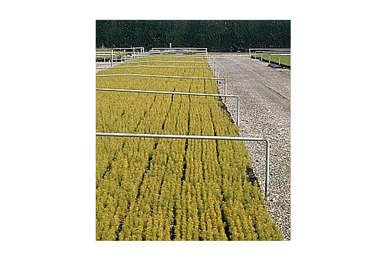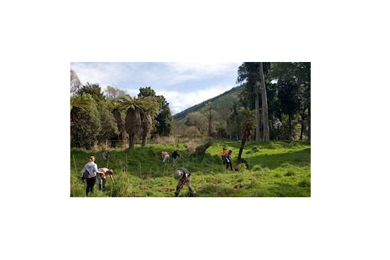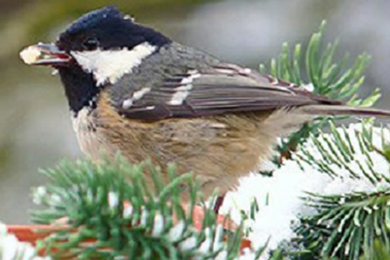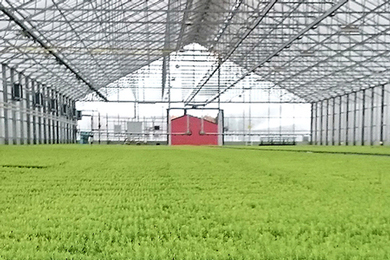
In 2020 Segezha Group (part of Sistema JSFC) will spend around RUB 10.5 million on restoration of forest crops in Kirov Oblast. Employees of Vyatsky Plywood Mill, the holding’s asset, will plant about 775.5 thousands of fir and pine seedlings from the local forest nurseries across the area of 258.5 hectares. Other activities are scheduled to[…]












